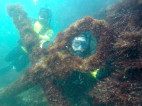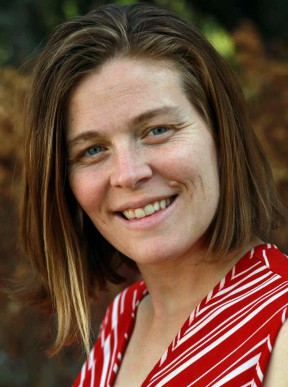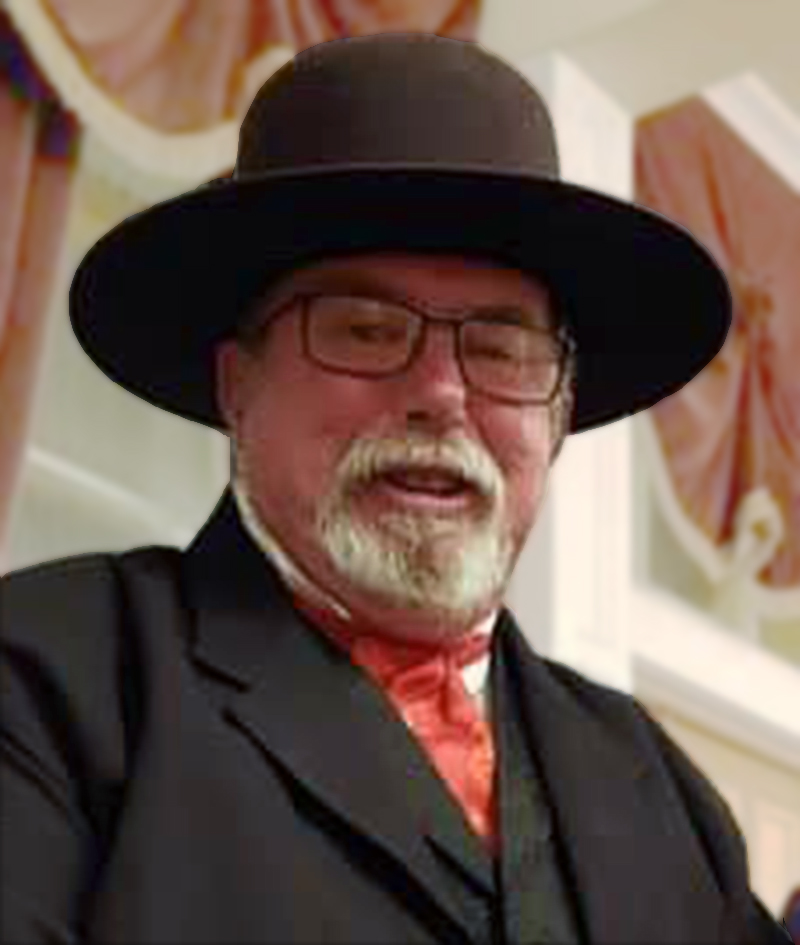 I recently photographed a brown-colored bird on the shore of the man-made lake at Bridgeport in Valencia that I thought might be a bittern.
I recently photographed a brown-colored bird on the shore of the man-made lake at Bridgeport in Valencia that I thought might be a bittern.
When I looked it up in a field book, there was a comment that the juvenile green heron is often confused with the American bittern. So I solicited comment from some friends who are well-established birders. The consensus was that this was a juvenile green heron.
Also, the great blue heron that is local looks more like an egret, except for the coloring, than it does either the green or black-crowned night herons I have seen and photographed in Santa Clarita.
What I noted when I went to my field book on birds was that all three groups were listed on the same two pages, but there was no discussion of the differences between a heron, an egret and a bittern.

Juvenile green heron photographed by the writer at Bridgeport in Valencia.
It turns out that all three groups are in the same family of birds (scientific name: Ardeidae) and should generally be called herons. These are long-legged coastal and freshwater birds with a total of 64 species recognized world-wide.
Clearly, herons are not the only long-legged shore birds. There are the cranes (whooping and sandhill cranes), flamingoes and storks – but those birds are not found locally.
So their having long legs and being around water is not what establishes them as a unique family. What sets herons apart from the others is their neck. Although they can do this when resting and hunting, when flying the neck is kinked into an S-shape. This is due to a modification in the shape of the sixth vertebra in the neck. The cranes, flamingoes and storks have their necks fully extended when flying, as do ducks and geese.

Great E\egret actually standing in a small tree. The neck demonstrates the classic curvature although it is capable to straightening it. Photos by the writer except as noted.
Egrets are virtually pure white. Differentiating the species is based on size and the color of the bill and legs. Herons can range in size from relatively small to large but are colored, while bitterns are generally brown in color.
Egrets and herons nest either in trees or bushes and commonly form colonies, although they are solo hunters. This keeps their nests with the eggs and chicks off of the ground and away from predators such as coyotes, foxes and raccoons, which are their major predators – not of the adults but of the young. Bitterns make their nest on the ground hidden in dens reeds and tend not to congregate in groups, even for nesting.
The bill of these birds is long and pointed. Some would describe them as harpoon-like, although this is not always the case.
The boat-billed heron has a broad, thick bill and doesn’t look anything like the others but it is not found locally. Our local members of the heron clan all have sharp, pointed bills. This bill allows them literally to spear their prey.

Cattle egrets are smaller than great egrets. This shows one cattle egret flying with the classic S curvature of the neck.
All are carnivorous, eating fish, insects, amphibians and reptiles. They have even been known to eat mice and other small mammals, as well as birds and bird eggs. Some have specific diets (such as crustaceans) which then dictate where they live. Thus virtually all are found around water – although the water need not be deep such as wetlands.
One small egret, the cattle egret, gets its name because it searches for its prey in open fields, often following cattle and other large herbivores which, in the process of eating, flush out small insects and other small animals which are promptly captured and devoured by the cattle egret.

Black-crowned night heron. The eyes are reddish; the long, white head plumes identify this bird as in breeding condition. The neck is not extended and indeed, it appears as if this bird does not have a distinct neck.
Those that hunt along the water’s edge will either stand in shallow water and wait for the prey to come by; sometimes they spread their wings to create a shadow, which small fish like, or it helps to block the sun to improve their vision by eliminating the reflection. Other times they shuffle along, stirring up the silt and scaring up small arthropods and even fish, similar to the cattle egret following behind feeding cattle. Some herons have been documented as using bait to lure fish within striking distance (watch video).
Herons are said to have a cosmopolitan distribution, and while they will not come to your bird feeder filled with seeds in your backyard, they will come to your backyard if you have a koi or other fish pond.
They are present on six of the seven continents in the world; only Antarctica is excluded. Those in southern climates often are found year ‘round, whereas those that live farther north such as the northern part of the United States and Canada will migrate either to the southern U.S., Mexico, Central America or the northern portions of South America. Those that migrate usually do so at night, which precludes our seeing them during their migration as we might see ducks and geese migrate.
Herons are also described a day or night herons. Day herons feed during the daytime; these include the green heron and our local egrets. The night herons hunt at dawn, dusk and into the nighttime hours. This is our black-crowned night heron.
Paul A. Levine is a docent-naturalist at Placerita Canyon Nature Center and an avid butterflier.

Juvenile black-crowned night heron in flight. Here, one can appreciate the curvature of the neck that is classic for herons. Photo used by permission of the photographer, Jess Morton of San Pedro.

Green heron photographed in the Sepulveda Basin.

Great blue heron on a dead tree by the side of a lake.

Great blue heron flying. The distinctive curvature of the neck identifies it as a member of the heron family. The legs are held straight back during flight.
Like this:
Like Loading...
Related







 Tweet This
Tweet This Facebook
Facebook Digg This
Digg This Bookmark
Bookmark Stumble
Stumble RSS
RSS














































REAL NAMES ONLY: All posters must use their real individual or business name. This applies equally to Twitter account holders who use a nickname.
5 Comments
Thank you! Fascinating reading!
v. cool beautiful bird.
I think it’s a King Fisher
It’s not a king fisher
I have some video and pictures of a bird on Smyth Drive between Copper Hill and Valencia High, looks like a great egret but I know very little about birds (trying to learn). I tried to keep my distance because I did not want to disturb it, but it appeared to be rather unafraid of people. Watched it for about 30 minutes before it headed for the brush. Would it make sense for an great egret to be in this area?